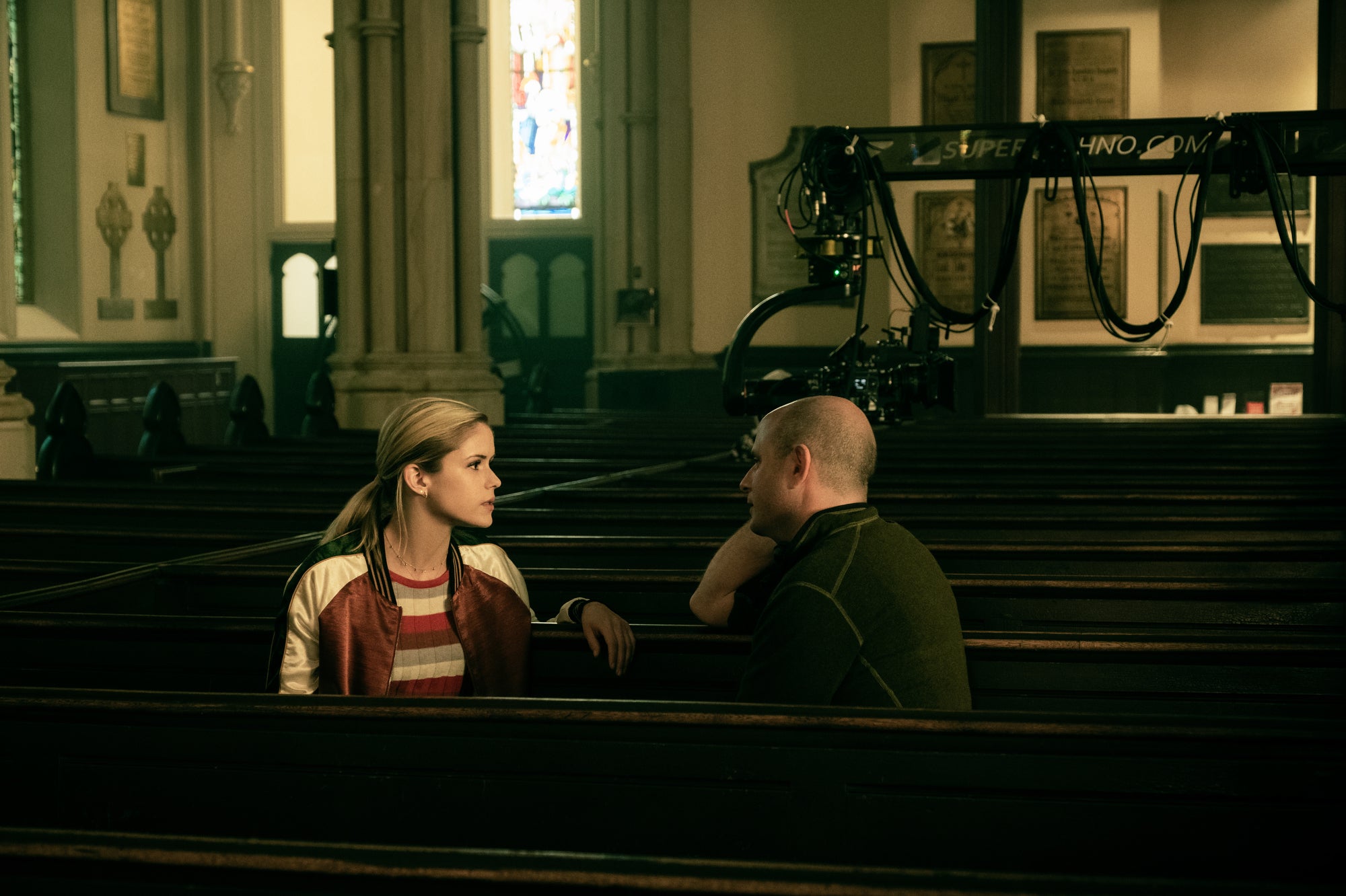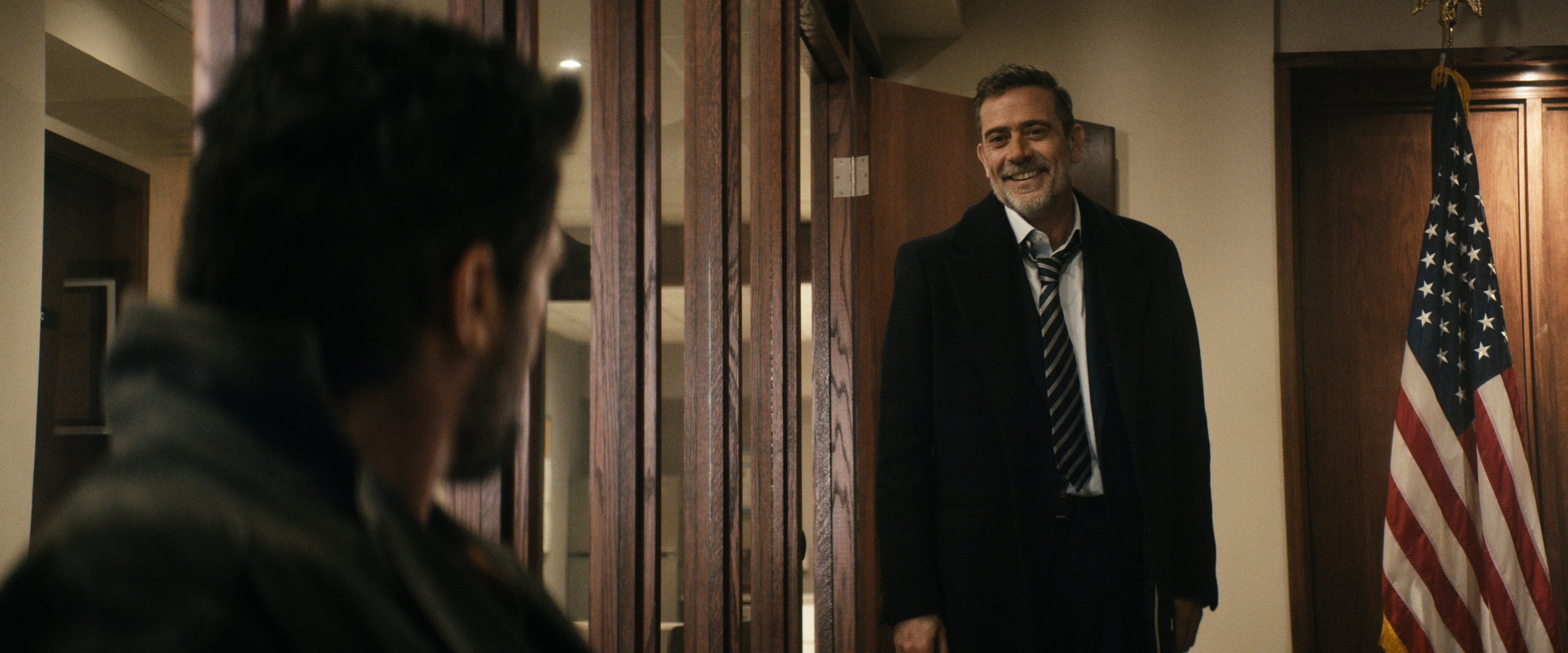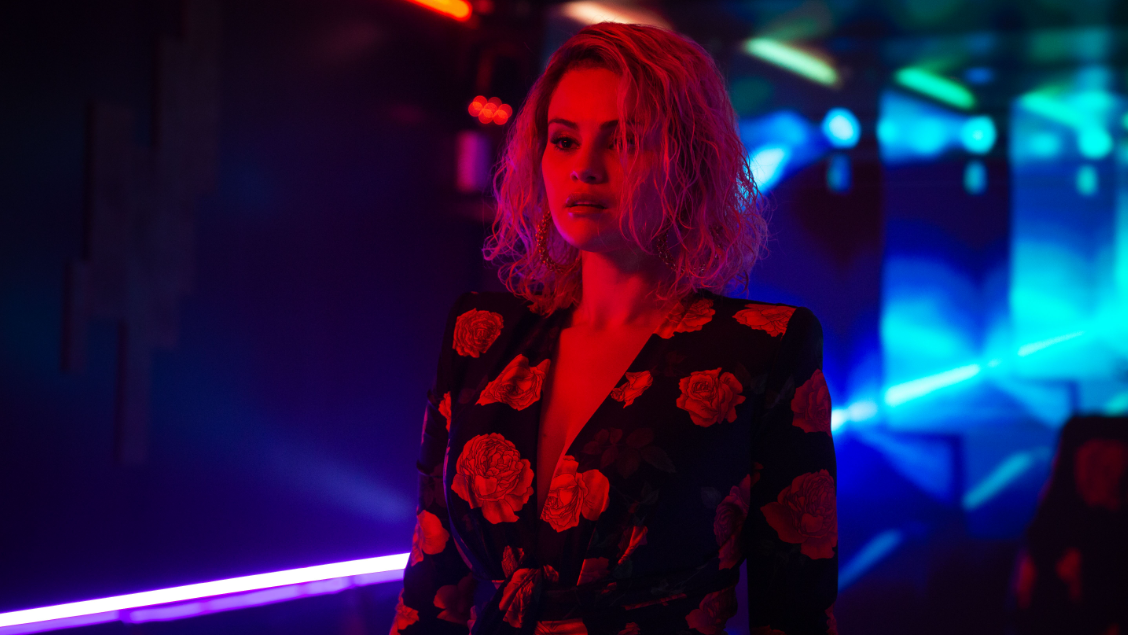
08-06-2024 - Case Study
Behind The Scenes with DP Dylan Macleod on the Visual Language of Amazon's The Boys
By: Yaroslav Altunin
The Boys, a gritty and satirical take on the superhero genre, is loud-mouthed, opinionated, and teeming with practical and visual effects, making it feel more like cinema than television.
Now in its fourth season, the series shows no sign of being any less than what made it such a hit.
Capturing the spectacle on camera for this season, are the talented camera teams led by DPs Dylan Macleod and Jonathon Cliff.
We sat down with Macleod to hear more about his creative process and how this show brought him together with the Sony VENICE.
Evolution of Established Rules
Season 1 of The Boys came at a time when the superhero genre needed a wake-up call. What we got was the complete opposite of the mainstream—a gory and entertaining “what-if” that made superheroes into celebrity idols who were made into brands and exploited for profit.
This is where Macleod initially joined the show for a single episode. The series was still fluid enough that the visual look was evolving but by the time the cinematographer returned to shoot four more episodes in Season 2, the show had a more concrete visual language.
"Even coming into Episode 7 of the first season, I was trying to find my feet in it and sort of see what they had been doing," Macleod said. "What I discovered is that even within the arc of season one, they were kind of finding their feet a little bit."
“But I was able to adapt to where they had settled, with a little bit of input from Evans and Jeremy, who had taken over after the pilot was shot (by Jeff Cutter)."
Initially, the creative team maintained a very distinct style between The Boys and the Supes. The former would be shot handheld, while the Supes would be more smooth and controlled to create a polished look.
"The idea was to keep all of the camera movement when we were with The Boys very handheld and energetic," Macleod said. "Whereas when we're with the Supes, (we kept) it a lot more formal with Dolly and Studio Mode."

Behind The Scenes - The Boys Season 1
But as each character evolved and revealed more about themselves, the rules had to change. When Macleod returned to the show in Season 2, there were a lot more discussions with show runner, Eric Kripke.
"We do some pretty intense tone meetings where all of this stuff is discussed," Macleod said. "And that was part of the discussion going into Season 2, is do we want to maintain the same kind of camera style?"
For Kripke, the visual language needed to evolve with the characters, which meant staying more in handheld throughout the show. But this also had a secondary benefit of supporting the actors and camera team during difficult shoots. While going handheld was more challenging for the operators, it allowed for more reactive coverage of a scene.
"(Kripke) really likes the energy of the handheld," Macleod said. "And I think it also gives us a lot of flexibility with the actors."
"Sometimes there's a lot of actors in a scene. So, the ability to do transfers on the fly, let the operators become part of the scene, and respond to what's going on, a lot of that does happen naturally on set."
It was during these moments at the beginning of Season 2 where Macleod was first introduced to the Sony VENICE cinema camera.

An Introduction to the VENICE
As Season 2 of The Boys prepped, DP Dan Stoloff brought the Sony VENICE cinema camera onto the show. This would be Macleod's first time with this camera, and its unique feature set would not only help the show evolve it’s visual style but also save the team in several scenarios where the location caused problems.
Thanks to the dual-base ISO of the VENICE and the VENICE Camera Extension System, sometimes referred to as the VENICE Extension System, the camera found itself being used in difficult lighting conditions and action-packed stunt sequences alike.
"We were really happy with it," Macleod said about the VENICE. "The dual ISO aspect of it became incredibly handy because a lot of the show, surprisingly, is shot on location."
"We do have obviously a lot of standing sets, but we're on the road a lot. So you're always encountering situations where that dual ISO can come in very handy."
These on-location shoots aren't just about night exteriors either. The Boys often find itself in locations where traditional lighting just isn't possible.
"It was my first scene with Giancarlo Esposito and Karl Urban meeting in this empty restaurant," Macleod explained. We'd scouted the location and it was the fifth floor of this building downtown with packed buildings on either side."
"I'm talking to the location guys saying, 'Okay, so where can I put lifts outside?' He's like 'nowhere.' And I'm like, 'How do I light from outside?' And he's like, 'You don't.'"
To make matters worse, when the team showed up for production, it was a rainy, overcast day, further reducing the light Macleod had to work with.
"I was kind of freaking out a little bit," Macleod said. "But we used the 2500 ISO and a few little Kino Celebs and some LiteMats here and there, and it did save me."
“We would have had to change how we wanted to shoot the scene with a different kind of camera."

Getting Up Close and Personal
In addition to the increased sensitivity, Macleod relied on the Sony VENICE to stay nimble while shooting handheld, especially during action sequences. Using the VENICE Extension System, the camera team could keep the actual camera body in a backpack and just carry the sensor block. This allowed Macleod to use the bigger Cooke SF full-frame anamorphics.
"We ended up using the VENICE Extension System with a backpack rig for some stuff where we had our operators being able to slide down the floor with the stunt people and chase them," Macleod said.
That setup also helped the team when space was limited, such as when shooting scenes in cars or inside an aquatic mammal, like in that infamous whale scene from Season 2.
"The fact that they built that whale for real and we had the real thing to shoot in and around— they built interiors of it that we could actually go in with cameras," Macleod said. “That’s a situation where every inch counts."
"It's all about being with the actors, and from a practical perspective, that was the only way to do that kind of thing."
As The Boys wraps up its fourth Season, we can see a subtle but clear difference in the visual language between the current and the first Season. It's about getting intimate with characters, even if that means sliding around the floor with a camera in hand during a stunt sequence.
With Season 4 of The Boys wrapped up, Macleod will soon head into prep for the fifth and final season.



